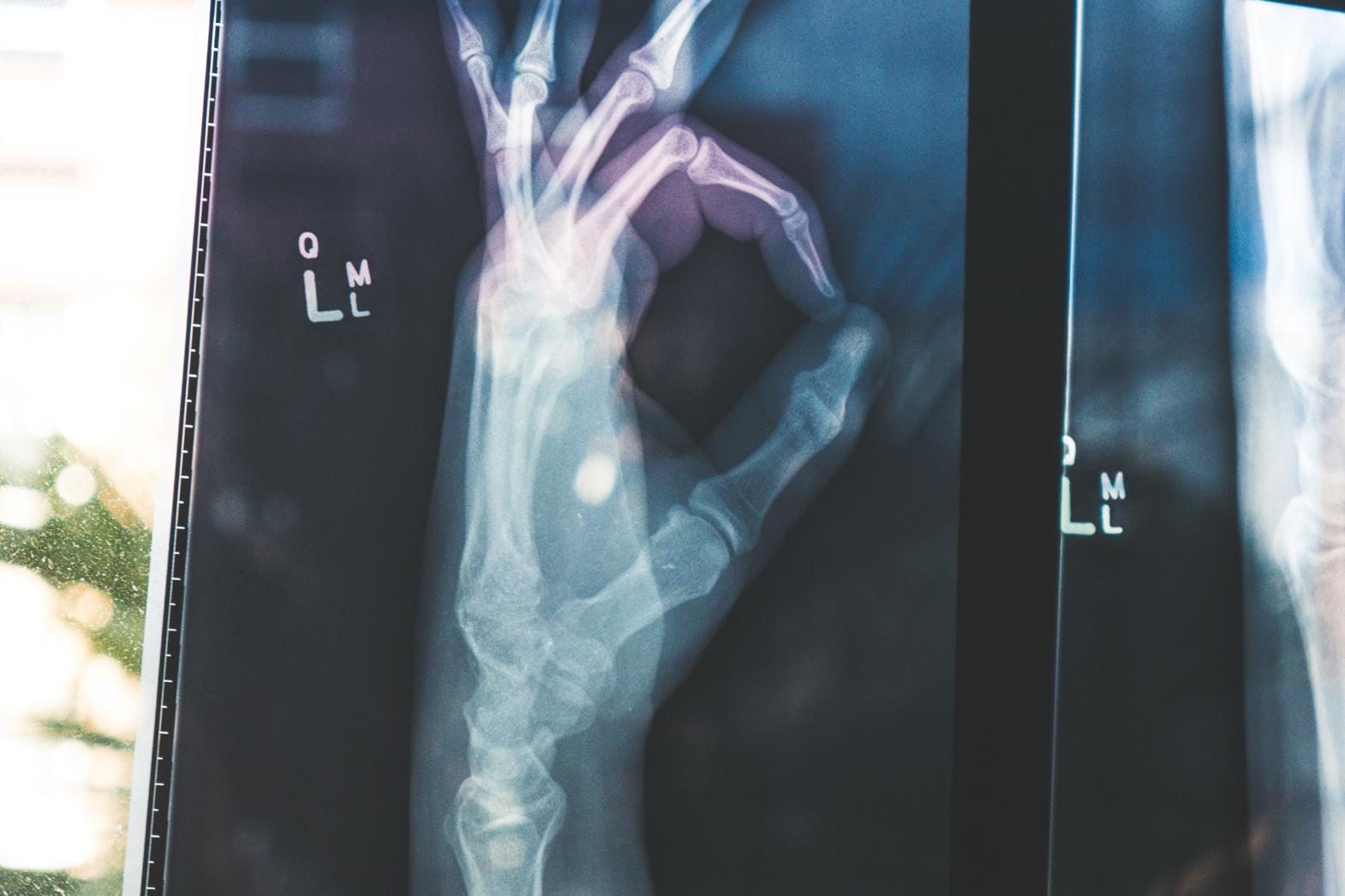BROUGHT TO YOU BY
Reena Learning & Development
TIP SHEET
Osteoporosis: Risks & Prevention
Adults with developmental disabilities are at higher risk of developing osteoporosis –
a bone disease that makes them vulnerable to fractures. Keep reading to learn more.
Detection
85% of fractures in people with developmental
disabilities involve extremities like the
thighbone, hands and feet. Since people
can’t always self-report, pay special
attention to the possibility of a
fracture if someone is acting out
of the ordinary.
Risk Factors
• Impaired mobility/weight bearing
• Low calcium intake
• Lack of exercise
• Age and body weight
• Psychotropic and anti-seizure
medications taken on a
long-term basis
• Fall history
• Postmenopausal women
• Medical conditions like
rheumatoid arthritis, chronic
kidney disease, diabetes,
hyper-thyrodism and
neurological disorders
Screening and
assessments
• Screening should begin
before the age of 50
• For assessments, try a
hand or forearm scan
rather than x-rays, which
can be dicult or
frightening for some
individuals
Maintain a healthy body weight
Being under or overweight is
damaging to bone health
Maintain a healthy diet
Calcium, protein and
vitamin D are three key
nutrients for bone health
Get active
Being active and exercising
support strong bones
Tips for prevention
Photo by Owen Beard on Unsplash
Load more reviews
You've already submitted a review for this item
Comment by
from
Rating
()


